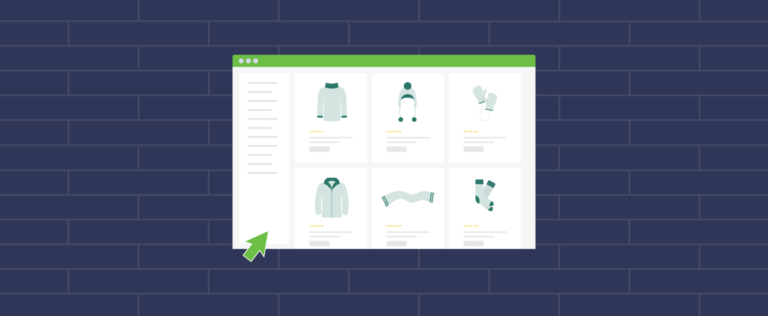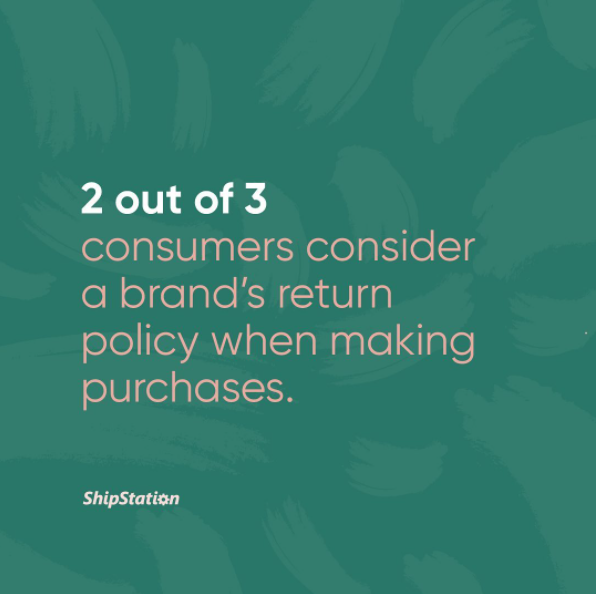4 Things to Consider When Moving Your Retail Business Online

Ecommerce is booming, there’s no denying it. Year after year we see statistics on the rise, and more physical stores moving their business online in light of the COVID-19 pandemic. As cities continue to require businesses to operate with limited capacity, ecommerce is becoming an unexpected necessity for many looking to find innovative new ways to reach those quarantining at home.
With online sales expected to reach $467B by 2024 — nearly 40% higher than last year’s number — it’s a market worth tapping into. But building a digital store doesn’t come without its challenges. So, to help make this transition a little easier, we’ve outlined 4 things we recommend considering as you move your store online.
1. Determine the Best Marketplace “Fit” for Your Ecommerce Business
There are many options when it comes to buying things online, so it’s no surprise that there’s quite a bit of research and consideration involved in finding the right place to sell online. Finding the best marketplace fit for your business is an important first step in moving into the ecommerce space.

The obvious choice is setting up a store through your own branded domain name (ex: coolshirts.com). There are several third-party cart and ecommerce platforms, such as Shopify and Magento, that enable you to easily build a custom online store.
But, with the goal of reaching more customers, merchants are now turning to marketplaces such as Walmart, Amazon, and eBay to help them cast a wider net. Having a multichannel approach to ecommerce has become a key strategy for growth. In a recent survey, we found out that ShipStation users who added an additional selling channel saw their order volume increase by 58%.
2. Establish a Strong Digital Presence for Your Store
Once you have determined where you want to sell online, it’s time to get your store(s) set up. One of the obvious benefits of ecommerce is the ability to sell to customers beyond the reach of a physical retail store.
But in order to reach these new customers, they need to be able to find you. SEO, or search engine optimization, is a critical part of this. Take a moment to put yourself in your customer’s shoes. What would you type in Google if you were searching for products like yours? Writing clear and descriptive content for your website, including things like product descriptions, can seriously benefit your ranking — meaning you start to appear higher in the list of search results.
Social media has also become an important medium for ecommerce, particularly Instagram. With the introduction of shoppable posts and Instagram Checkout, a reported 83% of Instagram users now use the platform to discover new products and services.
Your digital presence will evolve as your brand grows, so don’t get too hung up on making things perfect before your launch.
You don’t need weeks worth of Instagram posts before your launch! Your main goal here should be consistency. Does your logo on your social media match your website? Is your store URL linked everywhere you’re mentioned? Is your mission statement clear? These are great first steps for establishing a strong digital presence that will optimize your reach.
3. Practice Fulfilling an Order Before You Launch Your Store
You have your website, you’ve created a solid digital presence — you’re almost ready to start pulling in orders. But before you schedule your ecommerce launch, you’ll want to make sure you’re comfortable with what has to happen after you receive a customer’s order.
The best way to test out this process is to walk through the fulfillment process from start to finish. Place an order on your shop and observe any hiccups you encounter along the way. This is a great way to uncover any issues or broken links before a customer does.
Once you see the test order come through, here are some questions to consider as you walk through getting the order from your warehouse to their doorstep.
- How do you plan to import your orders to the carriers so that you can print labels?
- Do you have all the packing supplies you need?
- What tools do you have in place to help automate fulfillment?
- Is your brand visible anywhere on your packaging, shipping label, packing sheet?
4. Never Stop Looking For Ways to Optimize and Improve Your Delivery Experience
While online shopping offers an unparalleled level of convenience, customers do tend to lose out on the human element of buying in-store. While nothing can quite replace that, many ecommerce companies have found ways to elevate their delivery experience as a way to continue building a relationship with their customers and inspire brand loyalty.
In-cart delivery options are a great way to build your reputation with customers. This gives them the ability to choose when and how they want to receive their order, with options like ‘Ship to Store’, 2-day delivery, and free standard shipping.
Another great way to improve your delivery experience is to have a solid returns policy and procedure. Not only are we primarily living, working, and socializing from home… we’re primarily shopping from home now, too. And 85% of consumers expect returns to be a self-service process.

By staying on the pulse of your customers’ expectations, you can better adapt your delivery experience to meet their needs.
If you’re looking to move your physical store online, we encourage you to check out the Bricks to Clicks Ebook from our friends at ShippingEasy. It provides you with an easy-to-follow checklist on how to establish a digital storefront — with more information on topics varying from processing returns to ensuring compliance with data privacy laws.



